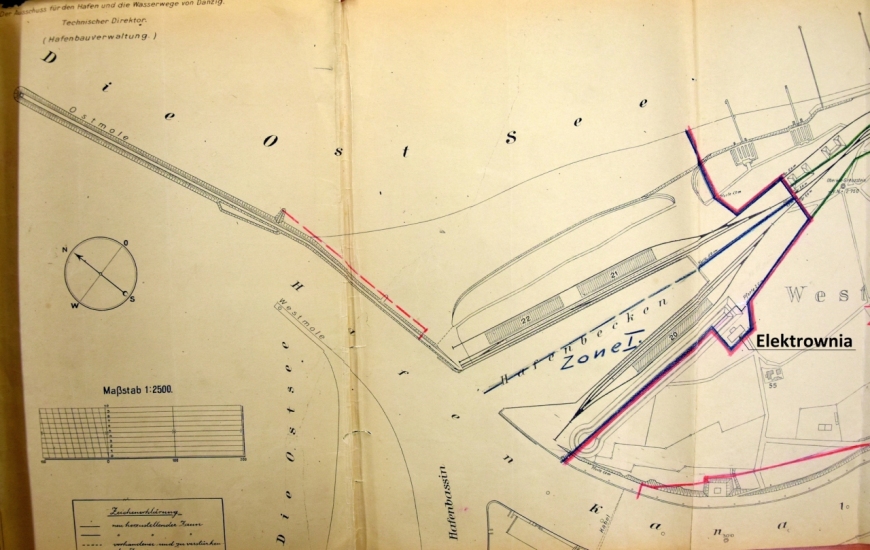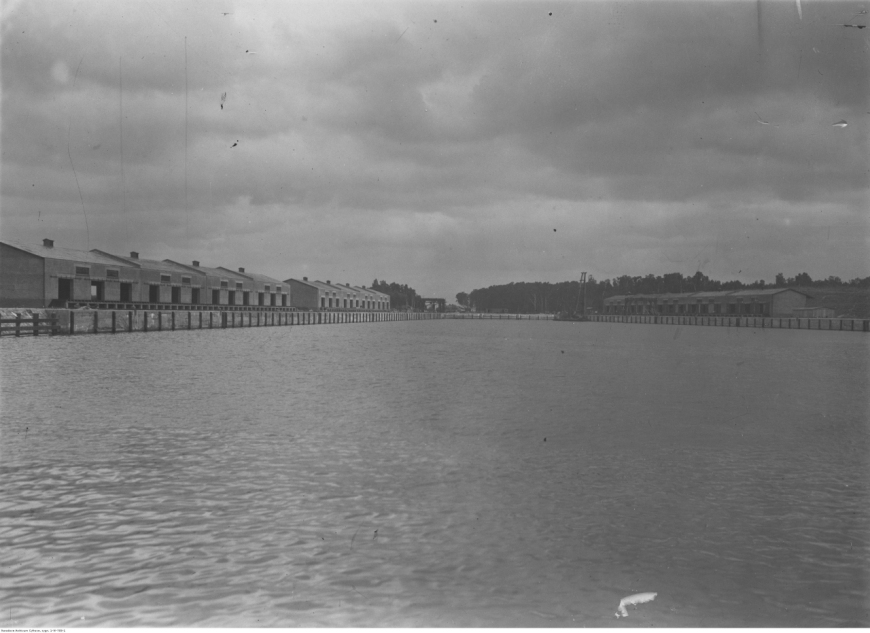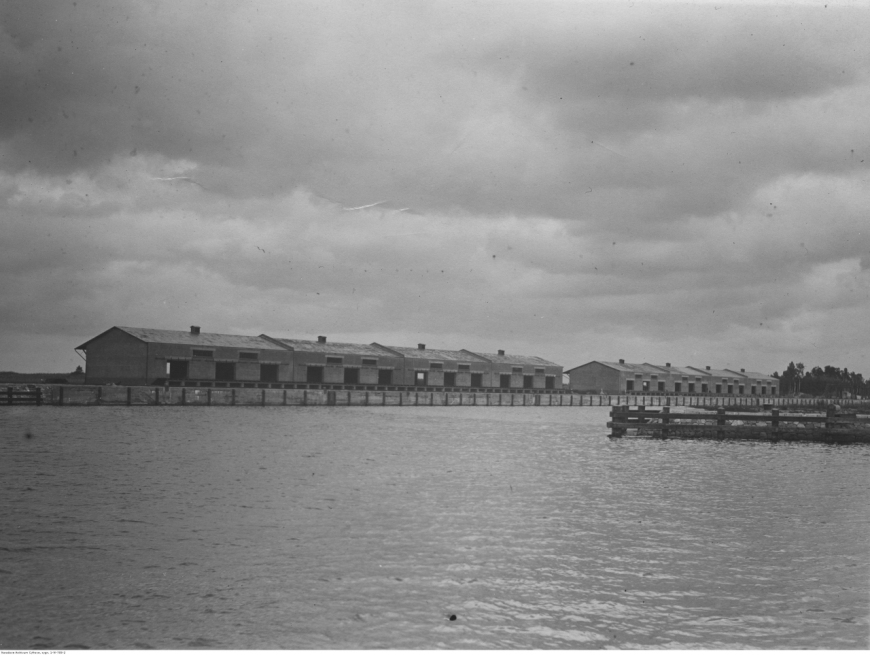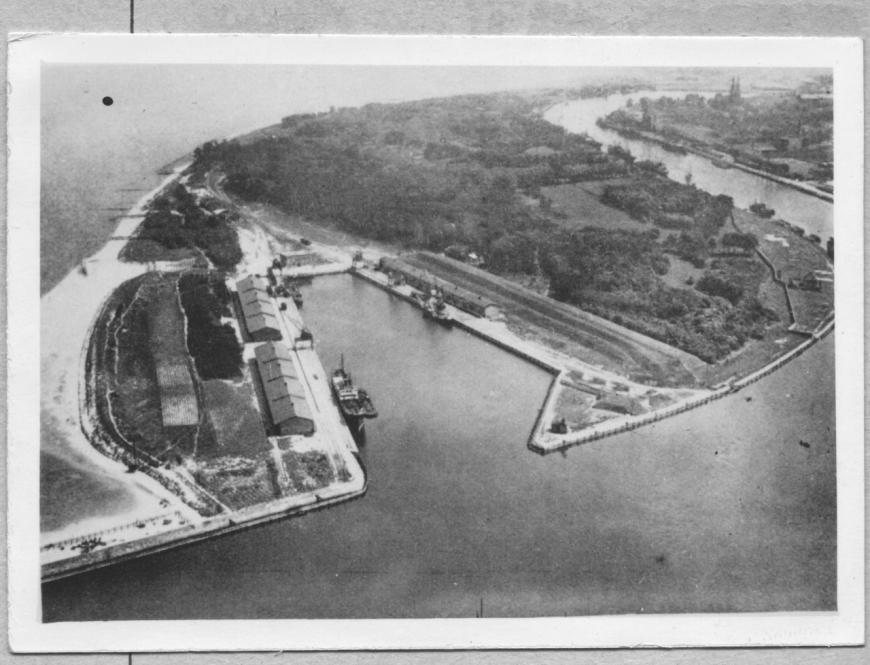#WesterplatteHistory - AMMUNITION BASE
The ammunition base currently serves as a wharf and a support facility for maritime equipment belonging to law enforcement agencies, including the Border Guard. Ninety-four years ago, the surrounding area looked different from what we see today. However, the purpose of the area as a closed space is still maintained. As part of the #HistoriaWesterplatte series, we invite you to travel back in time to the most modern part of the peninsula in 1926.
On December 30th, 1926, the final ceremonial acceptance by the Polish side of the newly built port basin at Westerplatte, along with the port and electrical equipment for its operation, took place. This port area, then called the ammunition base, was intended to serve as the foundation for the operation of the Military Transit Depot at Westerplatte (MTD). All military transports coming from abroad or leaving the country were intended, according to the decisions of the authorities, to pass through the Military Depot area. However, the handover and transfer of port equipment were repeatedly delayed. The main reason for these delays was the ongoing dispute between Poland and Gdansk. Delays also affected the additional infrastructure necessary for servicing the basin, including the reconstructed railway line and the construction of new warehouses. This is why the first ammunition transport was only accepted at Westerplatte in April 1927.
Right from the start, the construction, equipment, and commissioning of the Military Depot took three times longer and consumed significantly more resources than originally planned. Although the Ministry of Military Affairs exercised direct supervision over all work, it had to coordinate all major decisions interdepartmentally with the Ministries of Foreign Affairs, Finance, and Industry and Commerce. Approved projects had to be presented to the Gdansk side for approval.
The ammunition base, when put into use, had an irregular shape with a length of about 370 meters and variable width, ranging from about 110 meters at its widest central point to about 50 meters at its farthest end. Since it was decided to leave the relics of Prussian fortifications, the entrance to the basin was additionally narrowed. This was justified by protecting this area from excessive sea waves. The depth of the basin was adjusted to handle medium-sized ships and vessels. Therefore, in the central and southern parts, it reached a depth of 10 meters, and at the quays, it ranged from 6 to 8 meters. The concrete quay was equipped with modern electrically powered cranes to minimize the risk of explosions of overloaded hazardous and explosive materials. Additionally, within the basin, three large warehouses with unloading ramps serving railway sidings were constructed, totaling approximately 5,000 square meters of space.
To provide electrical power to all these facilities and equipment, a power plant building was constructed and equipped – also known as the engine room. It should be emphasized that the launch of the reloading infrastructure at Westerplatte coincided with the opening of additional, much larger docks and piers in the newly built port of Gdynia. Due to the unstable situation in the Free City of Gdansk, Gdynia was supposed to take over most of the maritime transports handled by Poland. The presence of the Polish MTD crew and the decreasing amount of military materials being transshipped influenced the more representative rather than economic character of the Polish presence on Westerplatte.



















